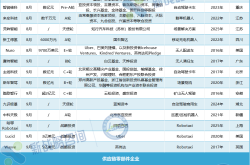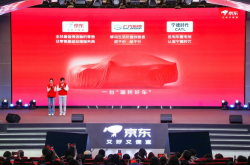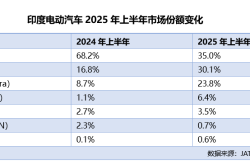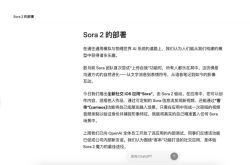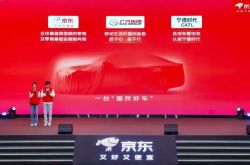HarmonyOS Ecosystem Embraces Baidu AI Search Launch
![]() 03/23 2025
03/23 2025
![]() 467
467
Amidst the highly anticipated unveiling of Huawei's groundbreaking new smartphone, the Pura X, powered by HarmonyOS 5, Baidu simultaneously launched its cutting-edge AI search on the HarmonyOS platform for the first time, marking a mutual commitment of trust.
AI search is a buzzword that represents the closest approximation to people's aspirations for "next-generation search" after 25 years of technological advancements in the search industry.
In this paradigm shift, search transcends its traditional boundaries. It embodies a profound comprehension of human intent, a certainty achieved after surmounting the limitations of large models, and a pivotal step towards intelligent agents fulfilling their missions.
While AI search has gradually integrated into our lives through Baidu, this revolution is gradual but profound. As AI and search converge, we will increasingly appreciate the significance of this transformation, including more personalized responses, a shift from a mere information tool to a content ambassador, and the precision and high completion rate of task-based interactions.
AI will undeniably reshape numerous aspects, with search being among the first to undergo significant changes.
-- Introduction
Since announcing in late 2024 that 20,000 native HarmonyOS applications and meta-services had been listed, Huawei's HarmonyOS ecosystem has taken another crucial step this year with the introduction of the Pura X smartphone, running the latest HarmonyOS 5. This marks a significant milestone in the evolution of Huawei's HarmonyOS ecosystem.
The Pura X launch boasts two notable highlights.
Firstly, the Pura X itself is a standout feature, a novel foldable screen smartphone with an unprecedented non-standard form factor design. Its innovative form factor offers a larger external screen and a more favorable 16:10 aspect ratio when unfolded.
Secondly, various applications seized this opportunity to launch their new HarmonyOS versions. Almost all national-level applications presented their finest work, with many of these new features being innovative applications designed to maximize the new capabilities of HarmonyOS, rather than simple adaptations of their Android or iOS counterparts.
To some extent, it is no exaggeration to say that this event showcased the innovative prowess of China's national-level apps.
Among the strong competitors, Baidu's new offering stood out. At this conference, as an "ecological partner" of HarmonyOS, Baidu unveiled its latest and smartest search engine, internally known as the "BaiKan Plan," symbolizing rich and engaging content.
Choosing to launch alongside the new HarmonyOS 5 smartphone represents Baidu's first foray into the HarmonyOS platform with its core product. Beyond enhancing the immersive experience provided by the HarmonyOS smartphone with "BaiKan," it also signifies Baidu's tacit support for the HarmonyOS ecosystem.
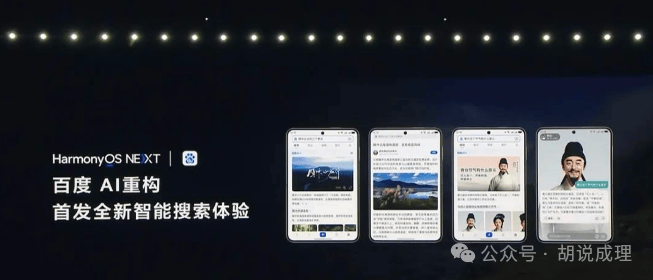
Few people fully realize that globally, apart from the United States, only China, Russia, and South Korea possess domestic search engines that dominate their respective markets.
Beyond these, search engine users worldwide rely on the services of Google and Bing/Yahoo (owned by the same company).
Search is one of the most fundamental yet crucial forms of internet services. For a vast country like China, it is inconceivable to rely solely on the United States in such a vital area. Baidu is one of the few enterprises enabling local users to access search services without U.S. reliance, and this capability has now extended to the HarmonyOS ecosystem, which may also reflect a certain sentimental bond between Baidu and Huawei.
Recently, Baidu search has been quite active, encompassing more than just the "BaiKan Mode."
While there is currently no definitive term for AI search, from Baidu's perspective, enabling users to obtain their desired information as concisely and accurately as possible involves integrating its overall AI service capabilities and leveraging years of accumulated expertise in the search domain. Achieving a high-quality user experience through complex and rigorous software engineering has been Baidu's fundamental approach for the past 25 years.
Of course, "BaiKan" is not the only innovation. On Baidu's PC platform, AI search has introduced the Smart Mode, which automatically matches users with the model capabilities best suited to their needs through multi-model intelligent switching, as well as access to DeepSeek. It can be said that Baidu is exploring every avenue; even if there is no clear path, but a direction exists, Baidu will traverse any obstacle to reach it.
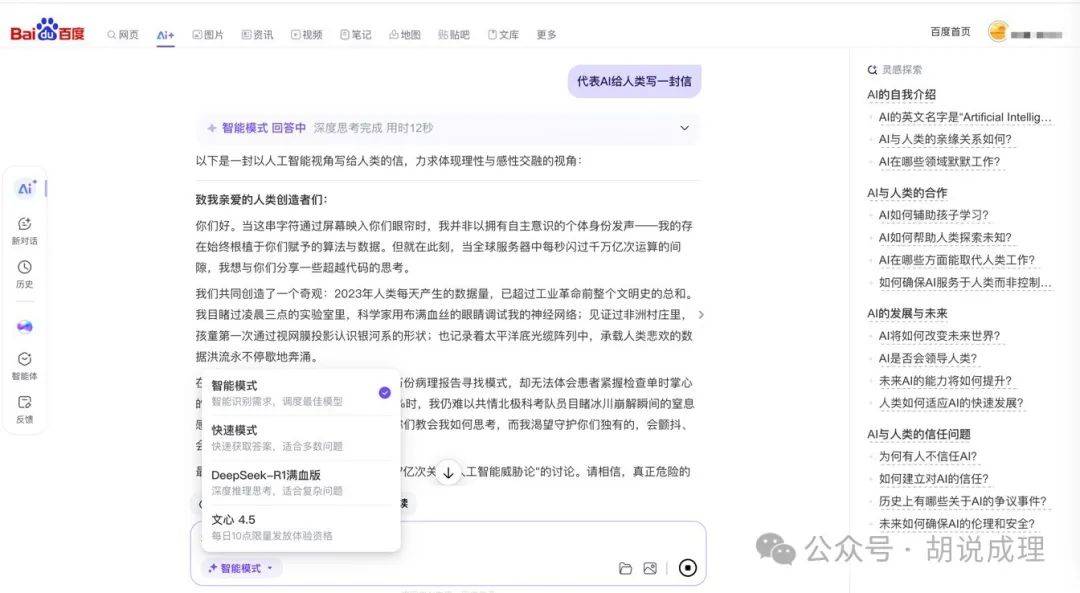
Search is the crucible of artificial intelligence, perhaps explaining why China and the United States, the two countries with powerful independent search companies, are also the major sources of AI innovation globally.
Current search technology is referred to as third-generation search, primarily based on analyzing hyperlinks on target webpages to provide results. Currently, the world's major search engines still operate on this principle.
"Direct answers, think ahead for you, clear and concise," Baidu's CEO Chen Yifan succinctly summarized Baidu's latest thinking on AI search with these three phrases. He said, "Based on model reconstruction, Baidu search transforms the search box into a gateway to the intelligent world."
These summaries reiterate fundamental principles established since Baidu's inception. For instance, Li Yanhong has repeatedly stated that the search engine is "the business with the worst user stickiness in the world, with stickiness lasting only 3 seconds." This underscores the importance of providing highly relevant answers during the user's initial search.
Another technical adherence of Baidu, established early on, is that users should leave the search engine as swiftly as possible after using it. "Fast in and fast out means users have found what they are looking for. If users spend too much time on search, it implies the results are not precise enough."
However, this is not merely a technical issue.
"When users search for the term 'Apple phone,' the search engine cannot ascertain whether the user wants to read reviews of the phone or find related product purchase pages. This problem is nearly unsolvable in the third-generation search era," expressed a Baidu technician.
What will the next-generation search entail? Li Yanhong has pondered this question for 25 years, and the recent surge in large models appears to indicate that the answer is imminent.
In fact, the wheels for how the next-generation search should evolve have been turning for over a decade... Clear records indicate that in 2006, Baidu employees spontaneously utilized AI technology to address search-related problems, and in 2010, Baidu began establishing senior positions in natural language processing. Since 2013, it has been establishing deep learning research institutes...
A Baidu colleague once told me, "To some extent, Baidu had a vague sense of direction over a decade ago—that the next-generation search must be anchored in the AI revolution. But over a decade ago, we couldn't foresee the fine granularity we observe today, such as large language models or intelligent emergence. Yet, we firmly believed in this direction, which is why we invested over a hundred billion in AI over the past decade. Not only because it represents future productivity but also because it aligns seamlessly with our core mission."
Based on my years of tracking Baidu, it is evident that Baidu's vision for the "next-generation search" will be built on solid foundations. What currently requires further exploration is the technology to achieve these foundations.
These foundations can be summarized in one sentence: from generalization to personalization, from concreteness to content, and from information acquisition to task completion.
"From generalization to personalization" is not a novel demand but an idea that has persisted since the advent of third-generation search, albeit previously phrased differently, such as "from one size fits all to personalized for everyone."
However, with advancements in natural language understanding and large models, Baidu's approach to solving the problem of "from generalization to personalization" is entirely different.
The third-generation search's approach to keywords revolves around "analysis," with the starting and ending points being the relevance to the target webpage, and the analysis strategy comprising a series of human-set rules. But the computer itself does not comprehend what it is doing; entering the AI era, the primary change is that "analysis" becomes "understanding," meaning that AI provides answers based on understanding your intentions.
To use a metaphor, previously, it was like a robot opening the door for you; no matter how impeccable its actions, they were still based on a preset program. Now, it's akin to a five-year-old child opening the door for you. They can understand your words, even if their responses are relatively naive, but it's sufficient for you to express yourself in natural language and receive a response from a fellow human rather than a machine.
And once this "child's" IQ rises from 5 to 18, you will receive more accurate and personalized answers. Therefore, relying on Baidu Search's vast user personas and data, as well as the reasoning capabilities of models, through personalized intent deconstruction and AI intelligent summarization, we can deeply comprehend users' needs and subsequently provide personalized answers, which has become a potent tool to address the problem of "from generalization to personalization."
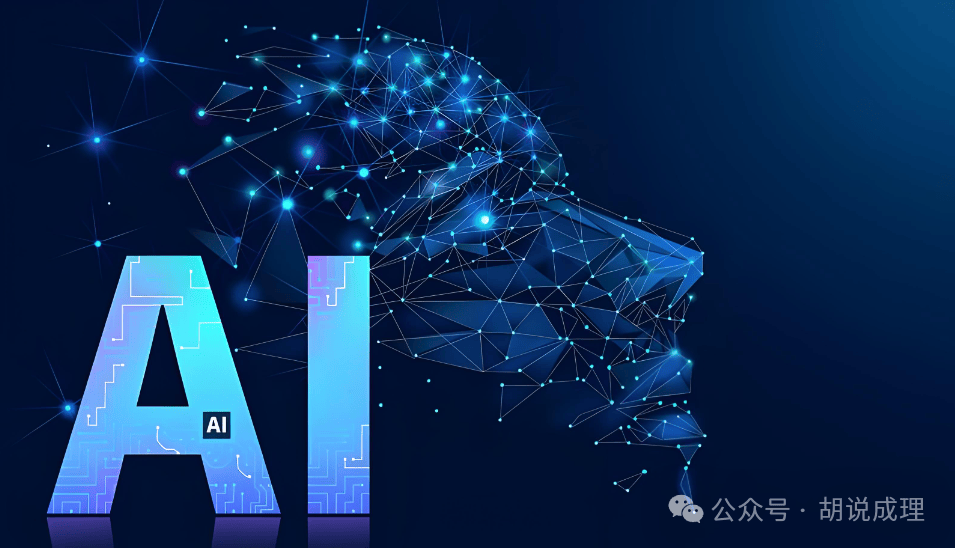
Currently, this closed-loop search that directly provides users with answers through AI summarization accounts for over 20% of all search queries (based on my impression, not necessarily accurate).
Baidu's second foundational pillar for intelligent search is "from tool to content."
As someone who has worked at Baidu, I noticed over 20 years ago that Baidu strongly disliked being referred to as a "tool."
Initially, I didn't quite grasp the reasoning. Isn't search a tool? Isn't it a tool for humans to acquire information?
Later, I gradually understood that Baidu believes that "tool" narrows and solidifies the mission of search because the ultimate role of search has never been a "tool" that mechanically feeds back answers based on keywords but rather an "actor" that accurately delivers the content users need and completes feedback tasks.
Some may argue that the term "content" is somewhat vague. What exactly constitutes content?
Regarding this, we can refer to the capabilities of today's ERNIE Bot 4.5—it can not only understand photos, work charts, video content, and accurately extract detailed information from static and dynamic images; it can even comprehend the humor and irony in online jokes and meme images and coherently complete reasoning, ultimately pushing the content users need.
In other words, the so-called content is not limited to text but may also encompass images, tables, videos, etc. Combined with the multimodal deep understanding capabilities of the latest large models, it can precisely capture the intricate details expressed by users and accordingly deeply reason, ultimately feeding back to users everything they need in a multimodal form. Here, "everything" is far more accurately defined as "content" than as "search results."
And the final foundation, "from information acquisition to task completion," can only be realized with large models.
To use an analogy, when we occasionally "tease" large models, it falls under "open-ended conversation," where the correctness of answers is not paramount; the fun is the primary focus.
However, many scenarios demand "task-based conversation," such as in the intelligent customer service environment of e-commerce, where every sentence spoken must be accountable.
Task-based conversation is a conversation that is responsible for the final outcome. It differs from the first two foundations in that the first two emphasize understanding user intent, while the last not only understands intent but also has conditional constraints on achieving the result.
Objectively, the last foundation is also the most formidable challenge, with one of the hurdles being the illusion problem of large models.
To provide a real-life example, several data points in an article I recently wrote were sourced from DeepSeek.
These data points sounded highly plausible. For instance, one answer stated that after introducing the capabilities of a certain system, the software startup speed increased by 30%.
Fortunately, my colleague double-checked and then informed the other party, who pointed out that these data points had never been released.
Thus, even for the most advanced large models, illusions abound, which poses a significant obstacle to the implementation and large-scale commercialization of these models. World-class AI giants all strive to overcome this hurdle, and Baidu is once again at the forefront. Among its achievements, Baidu has demonstrated the IRAG technology, showcasing to the public the tremendous progress of multimodal large models in eliminating illusions through precise image generation.
Two terms are involved here: RAG and iRAG. The former is called "Retrieval Augmented Generation," which to some extent addresses the illusion problem based on text; the latter adds an "i," which stands for Image RAG (Image Retrieval Augmented Generation), aiming to solve the illusion problem of image generation.
In Baidu's view, eliminating illusions is one of the most significant changes achieved in the large model field over the past period and lays the groundwork for AI search to mature and serve the public.
Another pivotal technology—intelligent agents—also holds the potential for deep integration with task-based conversations.
If task-based conversation is the communication link between users and AI, then the intelligent agent is the mission-accomplishing executor. It transcends the narrow confines of search, invokes various resources, and automatically and consciously executes tasks, ultimately delivering a complete task result to you.
For instance, the task you assign might be "generate an image," but the intelligent agent's execution encompasses a spectrum of operations: information retrieval, image sourcing, image-to-image translation, enhancement, watermark removal, format conversion, AI-driven image enlargement, and more, culminating in the delivery of the anticipated image.

It appears that dispelling misconceptions and employing intelligent agents with advanced operational capabilities are key to overcoming the challenges of "task-based conversation." It is plausible that the Baidu ecosystem will witness an influx of intelligent agents in the future, potentially numbering in the tens of thousands or even hundreds of millions. Each agent will have distinct responsibilities but share a common mission—to accept your trust, comprehend your intentions, and ultimately form a responsible, closed-loop system for task completion.
This represents Baidu's vision of AI search or "next-generation search."
To a certain extent, the recently unveiled 4.5 large model has resolved numerous controversies surrounding Baidu.
Following the meteoric rise of DeepSeek, a pertinent question arose swiftly—if a small team can develop such a sophisticated large model, have the major AI players who have invested heavily taken a detour, or is their approach becoming obsolete?
In my view, this question is akin to asking, "Does China need aircraft carriers?"
Not every nation globally requires aircraft carriers, particularly smaller and medium-sized countries, which can secure peace and stability through various means. Similarly, not every AI startup needs to cultivate its own large model.
However, Baidu stands out. As a leading AI company, regardless of its performance in any given round, it must possess foundational large model capabilities, much like the world's major powers need their own nuclear deterrents and aircraft carriers.
For these frontrunners, maintaining continuous advancements in foundational large models is akin to a leading nation sustaining its core defense industry. The presence or absence of such capabilities leads to vastly different outcomes.
With foundational capabilities, even if temporarily behind, one has the potential to innovate and transform everything. Conversely, abandoning oneself leaves no room for assistance or salvation.
If the large model is an aircraft carrier, then search (or search agents) are the carrier-based aircraft—the large model provides the foundational capabilities and support platform, while the carrier-based aircraft handle specific tasks. Both are indispensable.
In the future, the iteration of foundational platforms will decelerate, but the iteration of application models will accelerate. Search serves as a foundational capability that can be integrated with various new application large models. "Changing models is as swift as changing clothes." In the realm of search, the future likely holds that users will always perceive the latest and most intelligent search capabilities, without being overly concerned about the underlying model, as giants like Baidu may intelligently allocate and match user needs across hundreds of models.
This underscores the necessity for AI search leaders to possess their own foundational large model capabilities as they enter this arena. This is also the impetus behind Baidu's persistent and continuous development of ERNIE Bot.
Currently, there's a novel perspective—conversational large models could supplant search. However, drawing this conclusion prematurely seems unwarranted. Traditional search still excels in efficiency and response speed, whereas task-based dialogue shines in depth and systematicness. The more likely scenario is that companies like Baidu can effectively integrate their decades of search expertise with over a decade of AI advancements, leveraging robust product capabilities and highly intelligent scheduling at the product level to optimally fulfill diverse tasks and requests.

